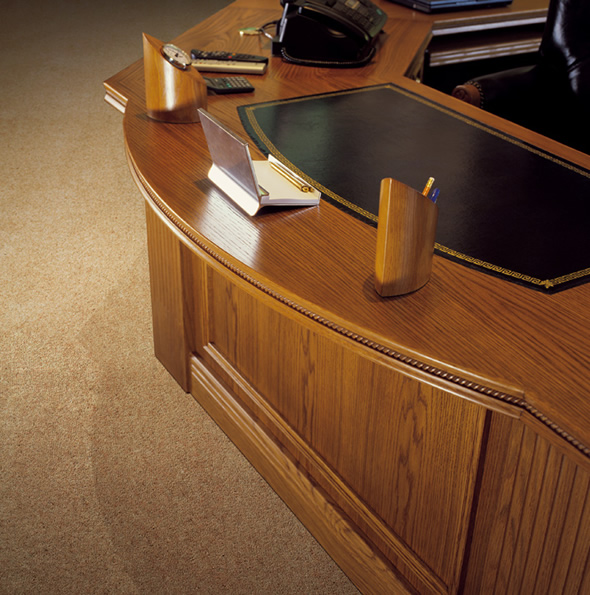Great Canadian Wood Furniture is Available for Less
By Ryan Cooper
@ryancooper899 (92)
Mississauga, Ontario
March 4, 2014 11:49pm CST
One of the basic stereotypes about good quality solid wood furniture is its being expensive. But here is the eye opener - Great Canadian Wood Furniture is Available for Less!Construction-grade wood is the least expensive raw material for building fine woodworking projects and DIY trim, but even experienced woodworkers are surprised to learn the fact that the spruce, oak, pine or fir planks originally for house frames is also good for building cabinets, trim and furniture. The years of experience tell that a good eye and proper selection yields gorgeous planks at less than a dollar a board foot, it cannot get any better than this,and youjust need to know what you’re looking for.
Only a few types of construction-grade planks are worth selection for fine woodworking. Search for a supplier where you can choose your own boards, then find your way to the stacks of 2x10s and 2x12s, twelve feet and longer. Even if wood this long is not your requirement, big planks are always the straightest and most smoothly grained and most knot-free because they were cut from the largest and oldest trees. Don’t bother with anything smaller.
As you get boards for your own, understand that construction lumber comes in two kinds: very wet, green boards and kiln-dried. When it comes to furniture building lumber for fine woodworking, always select kiln-dried stock. The reason is mold. Wet, green construction lumber often bears black stains because it’s shipped and stored sopping wet. Kiln dried construction lumber, on the other hand, is almost always bright, dry and clean because its moisture content was reduced quickly by high heat treatment after sawing, though it’s not quite dry enough for immediate furniture building.
A moisture content of 7% to 9% is most suitable for lumber to be stable for indoor projects and Canadian homes, depending on the season, your climate and the location of wood storage. This might not seem like a major difference, but it’s important. Build with wood that’s too wet and you’ll get the probability of getting furniture that warp.
Time is the key in drying lumber, but probably not as much time as you think. The trick is to bring the wood into a heated environment, then encourage air circulation around each piece with a fan between work sessions as they’re rough-cut and joined together. It’s not uncommon to see wood drop percentage per day when stored in a dry room with constant airflow. A moisture meter is the best way to reject the danger of using too wet wood in building furniture.
Although soft wood is officially construction lumber, it’s amazingly hard. It also sands smoothly and works well with different finishes. So much of Canada’s forests include the kind of spruce, pine and fir trees that are continuously turned into house frames, it’s a sorry fact that we see almost none of it.
Though our flag features the maple leaf, but maples grow on only the minimalist portion of our country. Fir, spruce, and pine are really our local woods, and they’re also the best kind of great deal going. You get amazing, affordable, first-rate good looks, and Wood Furniture that’s as Canadian as it gets.
No responses





